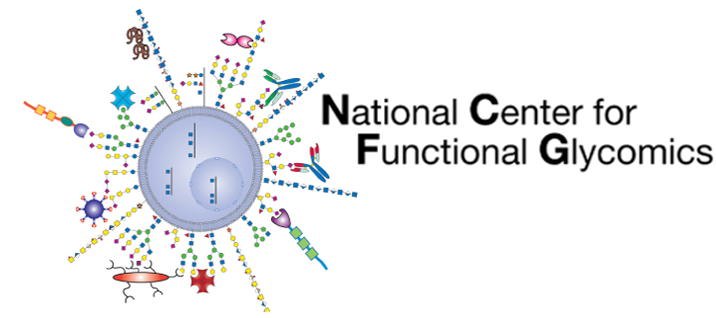Abstract
Multidrug-resistant Acinetobacter baumannii infections are an urgent clinical problem and can cause difficult-to-treat nosocomial infections. During such infections, like catheter-associated urinary tract infections (CAUTI), A. baumannii rely on adhesive, extracellular fibers, called chaperone-usher pathway (CUP) pili for critical binding interactions. The A. baumannii uropathogenic strain, UPAB1, and the pan-European subclone II isolate, ACICU, use the CUP pili Abp1 and Abp2 (previously termed Cup and Prp, respectively) in tandem to establish CAUTIs, specifically to facilitate bacterial adherence and biofilm formation on the implanted catheter. Abp1 and Abp2 pili are tipped with two domain tip adhesins, Abp1D and Abp2D, respectively. We discovered that both adhesins bind fibrinogen, a critical host wound response protein that is released into the bladder upon catheterization and is subsequently deposited on the catheter. The crystal structures of the Abp1D and Abp2D receptor-binding domains were determined and revealed that they both contain a large, distally oriented pocket, which mediates binding to fibrinogen and other glycoproteins. Genetic, biochemical, and biophysical studies revealed that interactions with host proteins are governed by several critical residues in and along the edge of the binding pocket, one of which regulates the structural stability of an anterior loop motif. K34, located outside of the pocket but interacting with the anterior loop, also regulates the binding affinity of the protein. This study illuminates the mechanistic basis of the critical fibrinogen-coated catheter colonization step in A. baumannii CAUTI pathogenesis.
